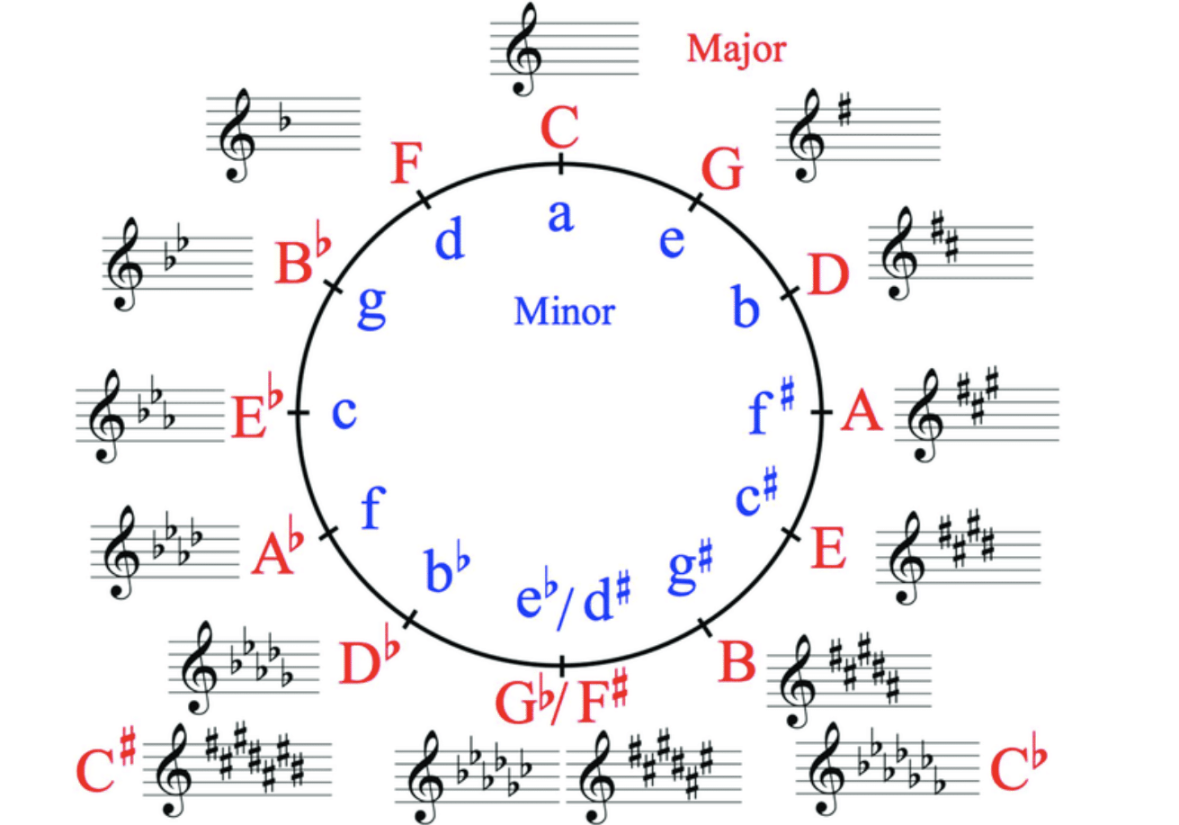Guitar Chords in Techno: A Surprisingly Tasty Mix
Techno. Yeah, that thumping, driving beat that gets your feet moving and your brain buzzing. When you think of it, guitars aren’t exactly the first thing that springs to mind. But guess what? They can be a seriously cool addition, adding a layer of depth and emotion that’s often unexpected. We’re not talking shredding solos here, though. We’re talking about crafting those killer chord progressions that weave their way through the electronic landscape.
So, how do you make this happen? It’s all about understanding the vibe of techno and then finding the right chords to match.
Understanding the Techno Vibe

Techno, at its core, is about repetition and hypnotic rhythms. It’s built on strong, consistent beats and often features synthesized sounds. To make guitar chords work, you need to keep things simple and repetitive. Think about those classic techno tracks – they often have a driving, insistent feel. That’s what you’re aiming for with your guitar chords.
Simple Chord Shapes: The Foundation
Forget complex jazz chords. We’re going for basic, solid shapes that create a sense of space and movement. Power chords are your best friend here. They’re simple, impactful, and work perfectly with the driving beat of techno. Think of them as the bedrock of your progression.
Power Chords: These are your go-to. They’re just the root and the fifth, giving you a solid, open sound. They’re also easy to play and transpose.
Creating the Progression
Now, let’s talk about putting those chords together. The key is repetition and subtle variation.
Repetition: Start with a simple two or three chord loop. Repeat it, let it sink in. This creates that hypnotic feel that’s essential to techno.
Rhythmic Considerations
The rhythm of your chords is just as important as the chords themselves.
Consistent Rhythm: Keep the rhythm steady and consistent, matching the beat of your techno track.
Finding the Right Sound
The sound of your guitar is crucial. You want something that complements the electronic elements, not clashes with them.
Clean Tones: Clean, clear tones often work best. They allow the chords to cut through the mix without overpowering the other elements.
Examples of Chord Progressions
Here are a few simple chord progressions to get you started:
Am – F – C – G (Classic and versatile)
Remember, these are just starting points. Experiment with different chords and rhythms to find what works best for your track.
Layering and Mixing
Once you have your chord progression, it’s time to layer it with the other elements of your techno track.
Placement: Consider where your guitar chords fit best in the mix. They might work well in the background, adding texture, or they could be a more prominent feature.
Conclusion
Adding guitar chord progressions to techno might seem like an odd mix, but it can create some seriously interesting and unique sounds. The key is to keep things simple, repetitive, and rhythmic. Use basic chord shapes, experiment with effects, and find the right sound that complements the electronic elements of your track. By understanding the vibe of techno and applying these techniques, you can create a truly captivating blend of organic and electronic sounds. Don’t be afraid to experiment and push the boundaries. You might just stumble upon a sound that takes your techno tracks to a whole new level.

